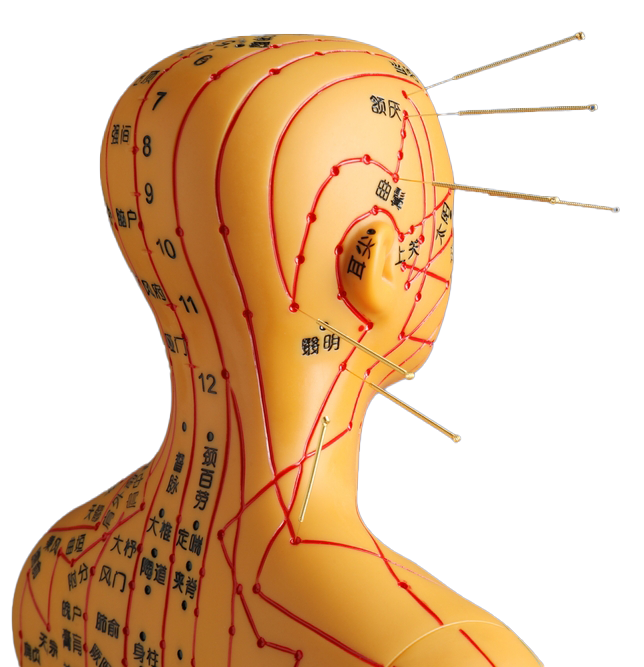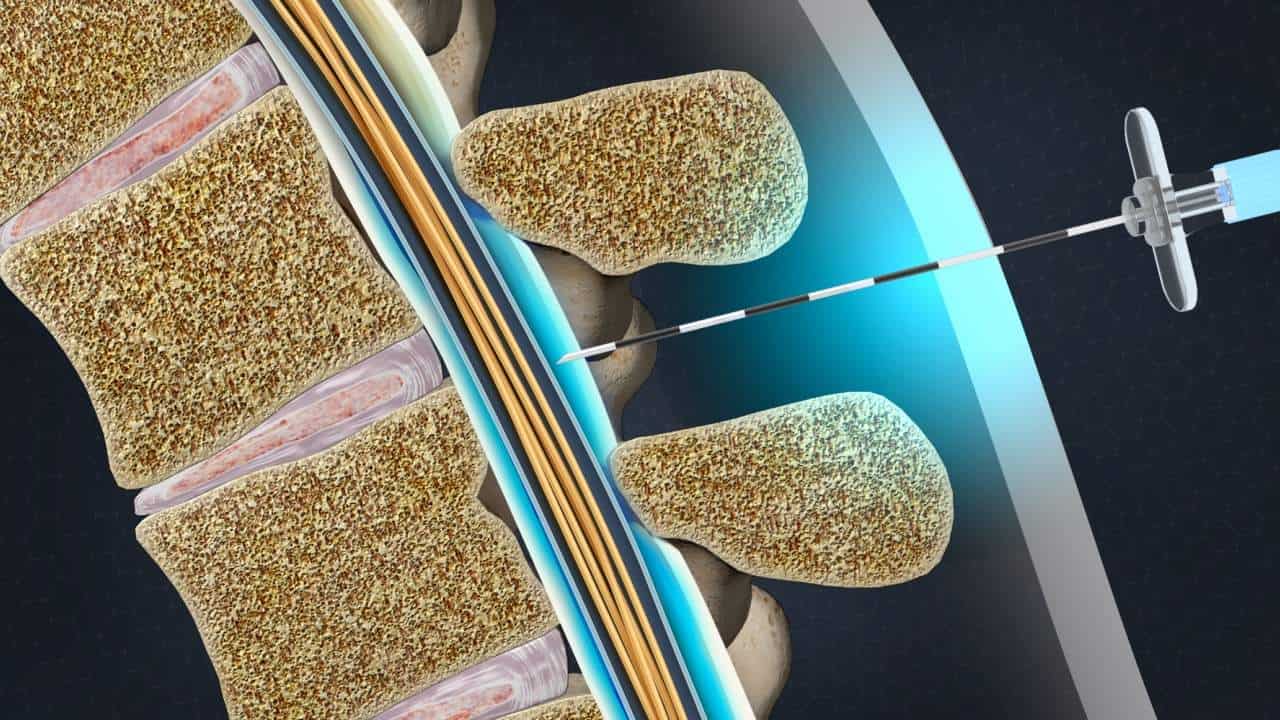- Facet joint Radiofrequency Thermocoagulation (RFT) Treatment
- Radiofrequency Thermocoagulation Dorsal root ganglion (DRG) radiofrequency thermocoagulation (RFT)
- Discitis Procedure
- Sacroiliac Joint Radiofrequency Treatment (Simplicity)
- In-Disc Ozone Therapy
- Nucleoplasty
- Transforaminal Injection (Pinpoint)
- Facet joint block
- Epidural Injection
Permanent Epidural / Spinal Port - Pump System
- Home
- Cancer Pain
- Permanent Epidural / Spinal Port - Pump System
Contents
Toggle- Creating an individualised treatment plan
- The role of different specialities (physiotherapist, orthopaedist, psychologist, neurosurgeon)
- Pain treatment during pregnancy
- Treatment of chronic pain in the elderly
- Pain management in children
- Stress management
- Healthy eating
- Ergonomic living arrangements
- Exercise and mobility
- Facet joint Radiofrequency Thermocoagulation (RFT) Treatment
- Radiofrequency Thermocoagulation Dorsal root ganglion (DRG) radiofrequency thermocoagulation (RFT)
- Discitis Procedure
- Sacroiliac Joint Radiofrequency Treatment (Simplicity)
- In-Disc Ozone Therapy
- Nucleoplasty
- Transforaminal Injection (Pinpoint)
- Facet joint block
- Epidural Injection
- Cancer pain
- Permanent Epidural / Spinal Port Application
- Vascular Port (Permanent Vascular Access)
- Trigeminal Nerve RFT
- Blockade of Ganglion Stellatum
- Lumbar Sympathetic Ablation
- Facet joint Radiofrequency Thermocoagulation (RFT) Treatment
- Radiofrequency Thermocoagulation Dorsal root ganglion (DRG) radiofrequency thermocoagulation (RFT)
- Hernia Burning (IDET)
- Discitis Procedure
- Sacroiliac Joint Radiofrequency Treatment (Simplicity)
- Permanent Epidural / Spinal Port - Pump System
- In-Disc Ozone Therapy
- Nucleoplasty
- Peripheral Nerve Block
- Transforaminal Injection (Pinpoint)
- Facet joint block
- Epidural Injection
- Intra-articular Fluid Treatment
- Dorsal root ganglion (DRG) radiofrequency thermocoagulation (RFT)
- Spinal cord stimulation (pain pacemaker)
- Ergonomic living arrangements
- Spinal cord stimulation (pain pacemaker)
- Nucleoplasty
- Radiofrequency ablation
- Herbal solutions
- Dry needle treatment
- Anti-ageing treatments
- Ozone therapy
- Cupping therapy - Cupping
- Mesotherapy
- Prolotherapy
- Acupuncture
- Stem Cell Therapy
- Nerve blockages
- Corticosteroid injections
- Massage and relaxation techniques
- Manual therapy
- Electrotherapy
- Neuropathic pain medications
- Anti-inflammatory drugs
- Muscle relaxants
- Painkillers (paracetamol, ibuprofen, etc.)
Permanent Epidural / Spinal Port - Pump Systemis a method that provides continuous drug infusion around the spine, used in cases where long-term pain management or drug therapy is required. This system allows drugs to be delivered directly to the epidural or intrathecal (spinal) area and is a highly effective option for controlling chronic pain.
What is Permanent Epidural / Spinal Port and Pump System?
This system is a device that allows medication to be delivered to areas around the spine (epidural or intrathecal space). It has two main components:
- Catheter:
- A thin tube is inserted into the epidural or intrathecal space.
- Through this tube, the medication reaches the targeted area.
- Pump System:
- Outer Port It is placed under the skin and, if necessary, filled with medication with a needle.
- Implantable Pump: It is a device that is completely implanted under the skin and delivers medication in a programmable way.
In which cases is it used?
- Chronic Pain Management:
- Cancer pain
- Pain due to spinal degeneration or disc disease.
- Neuropathic pain due to nerve damage.
- Muscle Spasm and Spasticity:
- Muscle spasms in multiple sclerosis (MS), cerebral palsy or spinal cord injuries.
- Palliative Care:
- Improving quality of life in advanced stage diseases.
- Surgical Pain Management:
- Long-term pain control in the postoperative period.
How is the Procedure Performed?
1. Evaluation and Preparation:
- The patient undergoes a detailed assessment.
- The area of application (epidural or intrathecal) is determined.
- The drugs and the type of device to be used are selected according to the patient's needs.
2. Catheter Placement:
- In a sterile environment, a thin catheter is inserted into the spine under local or general anaesthesia.
- The tip of the catheter is inserted into the epidural or intrathecal space.
3. Pump or Port Placement:
- Port: The other end of the catheter is placed under the skin and can be filled with medication if necessary.
- Pump In more advanced systems, a small pump device is placed under the skin. This pump delivers medication on a regular or programmed basis.
4. Test and Adjustment:
- The system is tested and the drug dosage and infusion rates are programmed according to the patient's needs.
Advantages
- Direct Impact: Systemic side effects are reduced as the drugs are administered directly to the target area.
- Less Need for Medication: The direct contact of the medication with the nervous system allows effective pain control with lower doses.
- Targeted Treatment: It acts directly on the source of pain.
- Improves Quality of Life: It facilitates the daily life of patients by effectively controlling chronic pain.
Who is it suitable for?
- Patients who cannot control chronic pain with medication.
- Cancer patients requiring long-term pain management.
- Individuals who are disturbed by the side effects of oral or intravenous drugs.
- Patients who are not suitable for surgical or invasive methods.
Risks and Side Effects
- Infection: Infection may occur in the area where the device is implanted.
- Catheter Problems: Blockage, dislodgement or damage to the catheter.
- Pump Malfunction: Mechanical problems or improper operation of the device.
- Nerve Damage Rarely, nerve damage may occur during catheter insertion.
- Drug Side Effects: Despite low doses, some medicines may cause drowsiness, nausea or low blood pressure.
Post Procedure Care
- Regular Check: The port or pump should be filled, cleaned and adjusted regularly.
- Hygiene Cleanliness of the port area is important to reduce the risk of infection.
- Medication Settings: The dose of the drug can be adjusted by the doctor according to the level of pain and the patient's condition.
- Possible Symptoms: If signs of infection (redness, swelling, fever) appear, consult a doctor immediately.
Treatment Effectiveness
- Permanent epidural or spinal port-pump system is a highly effective method in the control of chronic pain when the right patient is selected.
- It is one of the gold standard treatment methods for pain management in cancer patients.
- It provides effective application of muscle relaxants in the treatment of spasticity.
Conclusion
Permanent Epidural/Spinal Port - Pump Systemis an effective, safe and quality of life-enhancing method in the treatment of chronic pain and spasticity. Thanks to its minimally invasive structure and direct mechanism of action, it offers a powerful treatment option, especially in cases resistant to drugs. However, the suitability and success rate of this method should be determined by a detailed evaluation by a specialist physician.
Our treatments
- Home
- Cancer Pain
- Permanent Epidural / Spinal Port - Pump System



